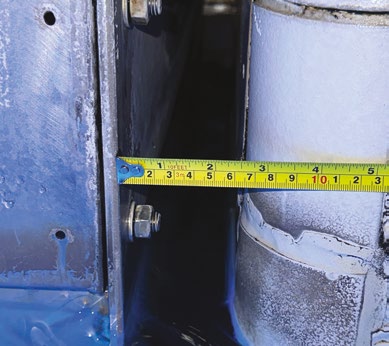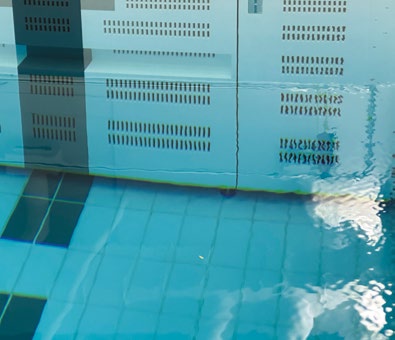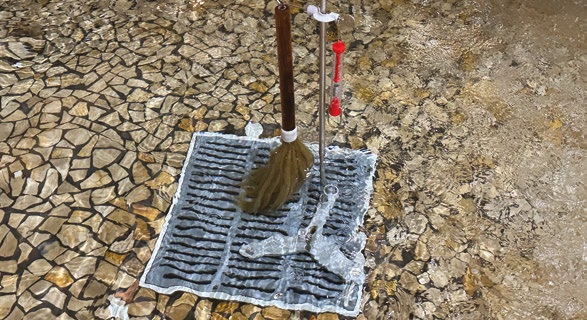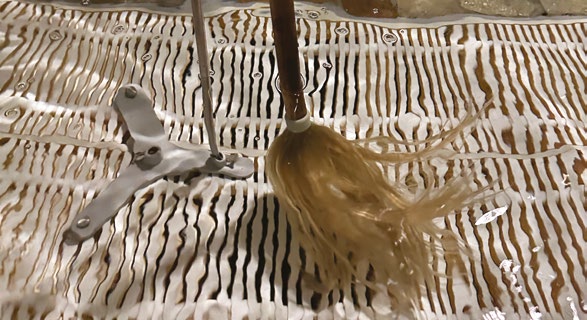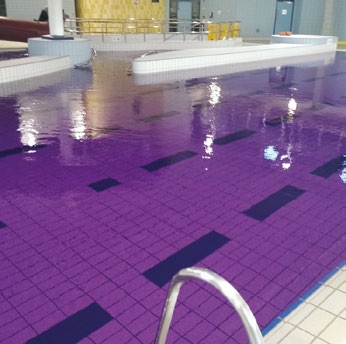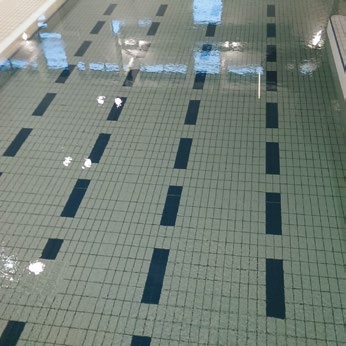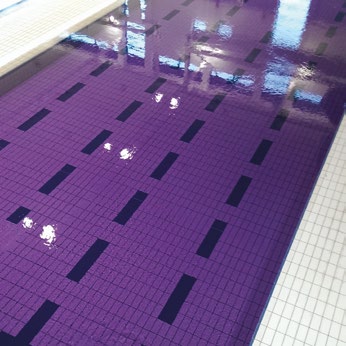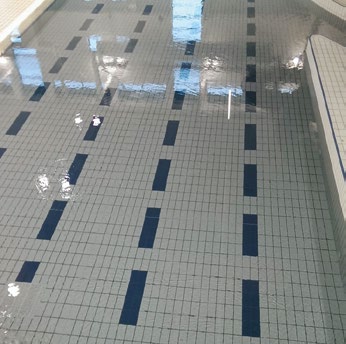BRIO Group Ltd offer our specialist health and safety testing service to swimming pools and spas across the UK and Ireland.
Finger and Limb Entrapment
Any grille openings in the pool must be designed to prevent limbs and fingers getting trapped. The size of any aperture should not exceed 8mm, if we do exceed this level there are specific safety requirements which are required to be met.
As per BS EN15288-1 and BS EN 13451-3
Hair Entrapment Testing
The danger of hair entanglement is very real. When bathers swim too close to bottom drains or suction outlets of incorrect design, or place their heads underwater in a spa too close to water outlets where a vortex is formed, their hair may become entangled in the grilles/outlets.
It is therefore imperative that all involved in the design, manufacture and construction should work to produce a safe facility.
Pool Operators should consider the potential risk of Hair Entrapment within their facilities and undertake testing where deemed appropriate, as per BS EN 13451-3, and the PWTAG Code of Practice and Technical Note 66.
Hair Entrapment should be assessed every 1 – 2yrs to determine if changes have occurred within the Pool filtration system.
Dye Testing
All pools should be dye tested when first commissioned, to prove the circulation and flow works as specified; and thereafter if there has been remedial work or if there is a circulation problem affecting water quality Dye test should be repeated as per BS EN 15288 1 & 2 and Annex C of the PWTAG Code of Practice.
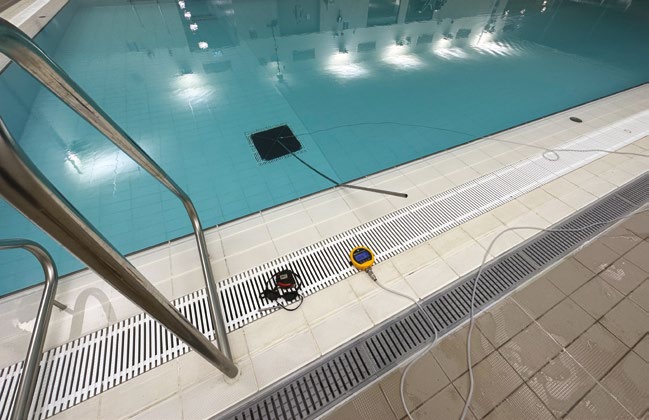
Suction Testing
Suction entrapment occurs when a swimmer, usually a small child, is trapped by the suction forces created by the water rushing out of the drain at the bottom of the pool (human flesh is unfortunately able to form a perfect seal!).
In some cases swimmers have been trapped underwater until they drowned and in other cases they have suffered serious injuries to various parts of their bodies including the bowel.
Examples of Potential Sources of Suction Entrapment
• Incorrect operation
• Incorrect fittings
• Poor design of drain outlets and covers
• Insufficient number of drains
• Creation of one line suction to main or ancillary circulation pumps
• All fittings made secure so they cannot be removed
• All one line suctions eliminated or valves locked to prevent the creation of one line suctions
• Velocities from outlets not adhering to recommended rates
• Broken grids (a potentially lethal problem)
Suction testing undertaken as per BS EN13451-3


